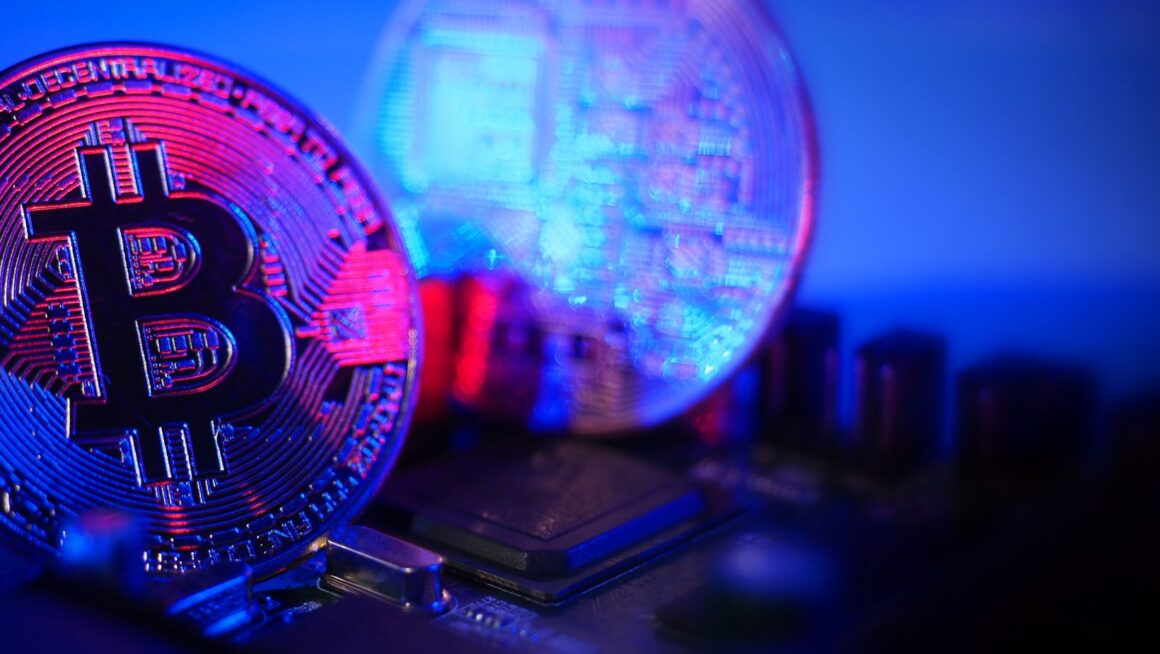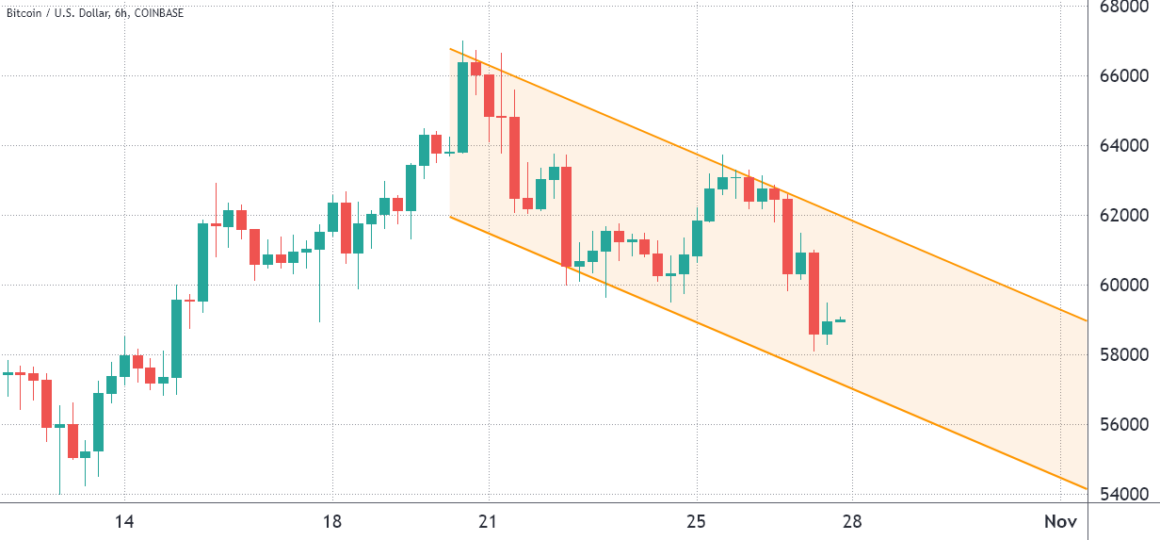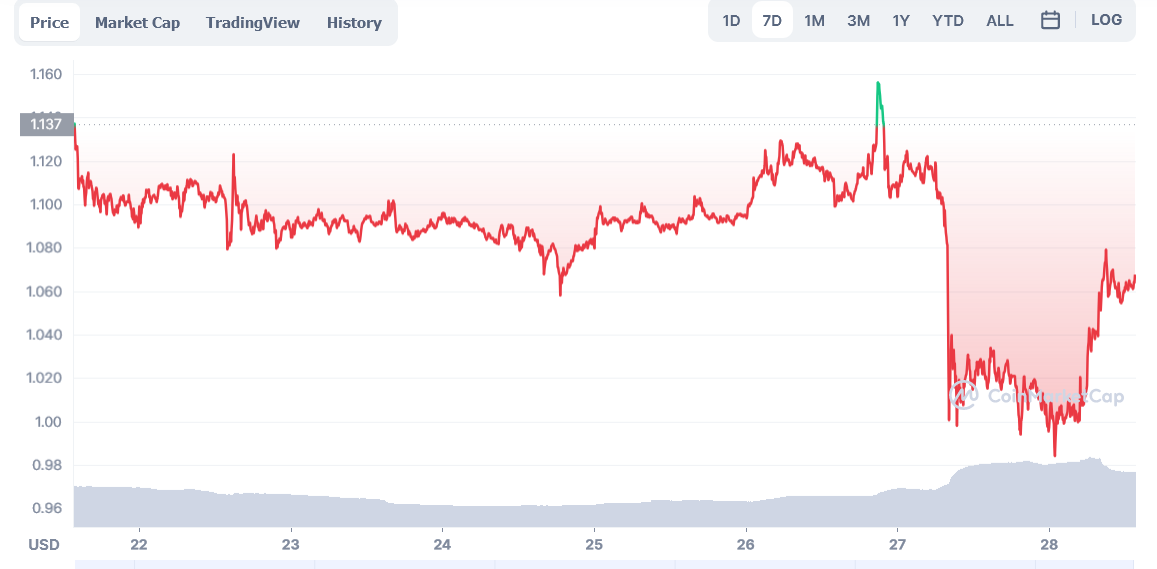How Stablecoin Regulations Will Shape the Crypto Industry The crypto industry has been growing rapidly over the last decade, with new innovations emerging almost daily. Among these innovations, stablecoins have attracted significant attention due to their ability to offer the stability of traditional fiat currencies while still embracing the benefits of blockchain technology. However, as the use of stablecoins has risen, so too has the need for clear and comprehensive regulations. Stablecoin regulations are expected to play a pivotal role in shaping the future of the cryptocurrency market, determining how these digital assets are used, traded, and integrated into mainstream finance. For more insights, linkhouse
The crypto industry has been growing rapidly over the last decade, with new innovations emerging almost daily. Among these innovations, stablecoins have attracted significant attention due to their ability to offer the stability of traditional fiat currencies while still embracing the benefits of blockchain technology. However, as the use of stablecoins has risen, so too has the need for clear and comprehensive regulations. Stablecoin regulations are expected to play a pivotal role in shaping the future of the cryptocurrency market, determining how these digital assets are used, traded, and integrated into mainstream finance. For more insights, visit Crypternon or learn about the emerging euro stablecoin.
Stablecoin regulations are now a central topic for lawmakers and financial regulators worldwide. As stablecoins have the potential to impact the global financial system, regulators must balance innovation with the need to protect consumers and ensure financial stability. In this article, we’ll explore how stablecoin regulations will affect the broader crypto industry and what changes we can expect in the coming years.
The Need for Stablecoin Regulations
Stablecoins, as the name suggests, are digital assets pegged to a reserve of assets, such as fiat currencies or commodities, to maintain a stable value. This stability makes them ideal for use in decentralized finance (DeFi) applications, remittances, and as a store of value for cryptocurrency traders seeking to avoid the volatility of assets like Bitcoin and Ethereum. However, their growth has raised concerns among regulators.
The primary concerns surrounding stablecoins are their potential for misuse, including money laundering, fraud, and terrorism financing. Additionally, the sheer volume of stablecoin transactions has made regulators wary of their impact on financial markets, as well as their potential to undermine the control that central banks have over monetary policy. These concerns have led to calls for clear regulatory frameworks that ensure stablecoins operate in a safe and transparent manner.
Regulatory Challenges
One of the key challenges with regulating stablecoins is that they don’t fit neatly into existing financial regulations. Stablecoins don’t fall into traditional categories like stocks, bonds, or commodities, and their hybrid nature means they span multiple regulatory areas, including banking, securities, and consumer protection laws. Some stablecoins, such as those issued by centralized entities like Tether (USDT) or USD Coin (USDC), are backed by fiat currencies held in reserve, while others, like algorithmic stablecoins, attempt to maintain their peg through supply and demand dynamics.
This complexity has made it difficult for governments and financial authorities to determine which regulations should apply to stablecoins. For example, should stablecoin issuers be required to hold reserves in a specific manner? Should stablecoins be treated as securities? Should they be classified as currencies? These are just some of the questions regulators must address.
Key Regulatory Approaches
In response to these challenges, various governments have begun developing frameworks to regulate stablecoins. The approaches taken by different countries vary, with some prioritizing consumer protection, while others focus on ensuring financial stability. Let’s look at a few notable examples:
United States
In the U.S., regulatory bodies like the Securities and Exchange Commission (SEC) and the Commodity Futures Trading Commission (CFTC) have expressed concerns over stablecoins but have not yet established a unified regulatory framework. The U.S. Treasury Department has pushed for regulations that would require stablecoin issuers to meet strict reserve requirements and undergo regular audits to ensure transparency.

In December 2022, the President’s Working Group on Financial Markets released a report calling for stablecoin issuers to be regulated as insured depository institutions, similar to banks. The report also recommended that stablecoins only be issued by entities that are subject to robust regulatory oversight and that the stablecoins be backed by assets that are safe, liquid, and easily accessible.
European Union
The European Union has been proactive in addressing the rise of stablecoins. In 2022, the EU introduced the Markets in Crypto-Assets Regulation (MiCA), which aims to establish a clear regulatory framework for cryptocurrencies and stablecoins. Under MiCA, stablecoin issuers will be required to meet strict rules on reserve management, transparency, and consumer protection. The regulation also includes provisions to ensure that stablecoins cannot threaten the stability of the financial system.
One of the key provisions of MiCA is that issuers of significant stablecoins must be registered with national authorities and comply with specific governance and auditing requirements. This will provide a clearer picture of the reserves backing stablecoins and ensure that they remain stable and trustworthy.
Other Global Initiatives
Other countries, including Japan, Canada, and Singapore, have also taken steps to regulate stablecoins, but with varying degrees of strictness. In many cases, the regulatory focus has been on ensuring that stablecoins are used for legitimate purposes and are adequately backed by reserves. These regulations aim to prevent stablecoins from becoming vehicles for financial crime or from undermining national monetary systems.
The Impact on the Crypto Industry
The development of stablecoin regulations is expected to have significant implications for the broader crypto industry. On the one hand, clear regulations could provide much-needed legitimacy to the stablecoin market, attracting more institutional investors and encouraging mainstream adoption. By establishing a well-regulated environment, stablecoins could become more widely accepted as a bridge between traditional finance and the world of digital assets.
On the other hand, overly stringent regulations could stifle innovation, particularly in the DeFi space. Many decentralized finance applications rely on the use of stablecoins to facilitate transactions, provide liquidity, and mitigate volatility. If regulations make it more difficult to issue or use stablecoins, it could hinder the growth of these projects and slow the overall development of the crypto ecosystem.
Additionally, the growth of stablecoin regulations could lead to increased scrutiny of other areas of the crypto industry, such as tokenized assets and decentralized exchanges (DEXs). Regulators may look to extend their reach into these areas to ensure that the broader market remains compliant with existing financial laws.
Conclusion
The development of stablecoin regulations is set to play a crucial role in shaping the future of the crypto industry. While the exact nature of these regulations remains uncertain, it is clear that they will have a profound impact on how stablecoins are used, traded, and integrated into the broader financial system.

The challenge for regulators will be to find a balance that promotes innovation while protecting consumers and maintaining financial stability. As stablecoins continue to grow in popularity, their regulatory landscape will evolve, and the crypto industry will need to adapt accordingly.
Market Maestro: With an uncanny ability to predict the ups and downs of the crypto market, Jordan is our go-to for all things investment. Just don’t ask him for lottery numbers; he says it’s a different kind of prediction magic.



